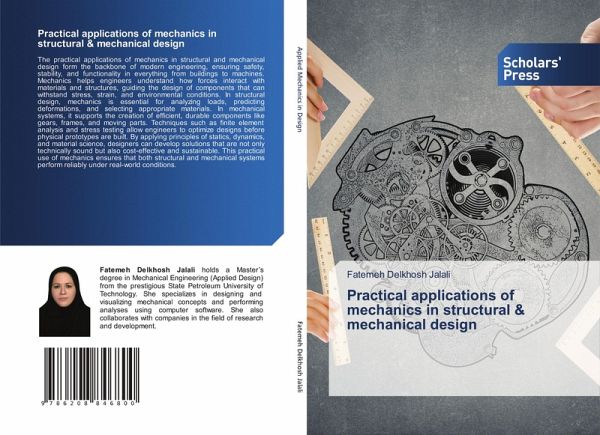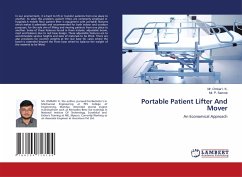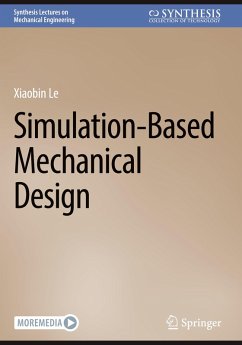
Practical applications of mechanics in structural & mechanical design
Versandkostenfrei!
Versandfertig in 6-10 Tagen
43,99 €
inkl. MwSt.

PAYBACK Punkte
22 °P sammeln!
The practical applications of mechanics in structural and mechanical design form the backbone of modern engineering, ensuring safety, stability, and functionality in everything from buildings to machines. Mechanics helps engineers understand how forces interact with materials and structures, guiding the design of components that can withstand stress, strain, and environmental conditions. In structural design, mechanics is essential for analyzing loads, predicting deformations, and selecting appropriate materials. In mechanical systems, it supports the creation of efficient, durable components ...
The practical applications of mechanics in structural and mechanical design form the backbone of modern engineering, ensuring safety, stability, and functionality in everything from buildings to machines. Mechanics helps engineers understand how forces interact with materials and structures, guiding the design of components that can withstand stress, strain, and environmental conditions. In structural design, mechanics is essential for analyzing loads, predicting deformations, and selecting appropriate materials. In mechanical systems, it supports the creation of efficient, durable components like gears, frames, and moving parts. Techniques such as finite element analysis and stress testing allow engineers to optimize designs before physical prototypes are built. By applying principles of statics, dynamics, and material science, designers can develop solutions that are not only technically sound but also cost-effective and sustainable. This practical use of mechanics ensures thatboth structural and mechanical systems perform reliably under real-world conditions.












